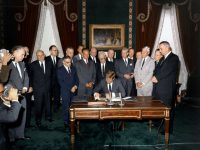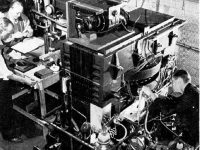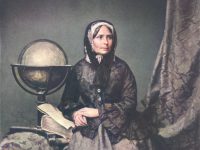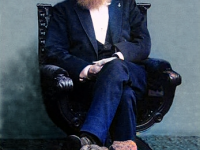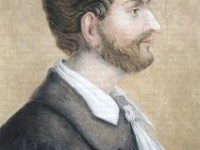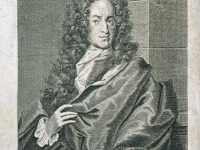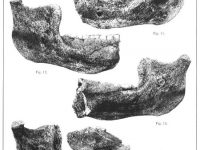Sir Joseph Rotblat and the Nuclear Test Ban
On November 4, 1908, Polish physicist and recipient of the Nobel Peace Prize Joseph Rotblat was born. Rotblat was the only physicist to leave the Manhattan Project (1942–46) on the grounds of conscience. Rotblat’s work on nuclear fallout was a major contribution toward the ratification of the 1963 Partial Nuclear Test Ban Treaty. A signatory of the Russell–Einstein Manifesto (1955), he was secretary-general of the Pugwash Conferences on Science and World Affairs from their…
Read more

